Wind Energy Revolutionizes Greenhouse Operations for Sustainability
Looking to harness the power of nature to fuel your greenhouse? Look no further than the clean and renewable energy source of wind power.
Wind turbines have emerged as a cost-effective and environmentally friendly solution for powering greenhouses. With federal incentives making wind energy more accessible, even small farms can now take advantage of this technology. The Eocycle EOX S-16 model, for example, can produce an impressive 130,000 kWh per year.
By combining wind turbine energy with energy-efficient greenhouse design, you can save on electricity costs and reduce carbon emissions. Wind turbines generate electricity through the movement of wind, and any gaps in electrical needs can be supplemented with solar energy. Plus, wind power qualifies for various incentives, making it an even more attractive option.
To determine the wind resources specific to your location, the Global Wind Atlas site can be a valuable tool. Get ready to power your greenhouse with the clean and renewable energy of wind power!
Key Takeaways
- Wind turbine technology is a cost-effective solution for greenhouse growers to save money on energy costs and reduce their environmental impact.
- Wind turbines can generate electricity 75-80% of the time, and any gaps in electrical needs can be supplemented with solar energy.
- Wind energy is abundant, clean, renewable, and can significantly reduce or eliminate electricity bills.
- Wind turbines qualify for renewable energy incentives, such as the federal investment tax credit and USDA REAP Grant.
Benefits of Wind Turbines
You can benefit from wind turbines in your greenhouse by saving on energy costs and reducing your environmental impact. Additionally, you can take advantage of federal incentives that make wind energy more affordable and accessible for smaller farms.
Wind turbine technology offers a cost-effective solution for greenhouse growers to minimize their expenses and contribute to a sustainable future. With wind turbines, you can generate electricity by harnessing the power of wind, which in turn reduces your reliance on traditional energy sources.
By incorporating wind energy into your greenhouse operations, you can significantly reduce your carbon footprint and help combat climate change. Furthermore, federal incentives such as the investment tax credit and USDA REAP Grant make wind energy systems more economically viable for smaller farms.
This combination of cost effectiveness and environmental impact reduction makes wind turbines an attractive option for powering your greenhouse.
Suitable for Small Farms
Consider installing wind turbines on smaller farms as a cost-effective solution to save on energy expenses and reduce environmental impact. Wind turbine cost effectiveness has been enhanced by federal incentives, making wind energy more accessible for smaller farms.
Eocycle offers smaller wind turbine models suitable for commercial farmers or individual institutions, such as the 80-foot tall EOX S-16 model. These turbines can generate an impressive 130,000 kWh per year, depending on wind speed.
Combining wind turbine energy with energy-efficient greenhouse design can further maximize cost savings. Wind turbines have an average electricity generation rate of 75-80% and any gaps in electrical needs can be supplemented with solar energy.
By harnessing wind power, small farms can significantly reduce or even eliminate electricity bills, while also contributing to a cleaner and more sustainable future.
Related Article: Saving Farms with Solar Energy – A Solution for Oil Shortages.
How Wind Turbines Work
To truly understand the inner workings of wind turbines, let’s delve into the mechanics behind harnessing the power of wind to generate electricity.
Wind turbines consist of three main components: the tower, the blades, and the generator. The tower is designed to elevate the blades to a height where wind speeds are higher and more consistent.
The blades, typically made of fiberglass or carbon fiber, capture the wind’s energy and convert it into rotational motion. The generator is responsible for converting the rotational motion into electricity, which can then be used to power greenhouses.
Proper wind turbine maintenance is crucial to ensure optimal performance and longevity. Regular inspections, cleaning, and lubrication of moving parts are necessary. Additionally, monitoring the impact on local wildlife is essential. Measures such as bird deterrent systems and proper siting can minimize potential harm to birds and bats.
By implementing these strategies, wind turbines can continue to provide clean, renewable energy while minimizing their impact on the environment.
Combining Wind and Solar Power
When combining wind and solar power, you can maximize energy production and reduce reliance on traditional energy sources for your greenhouse. Integrating wind and solar technologies offers several advantages for hybrid renewable energy systems.
By harnessing the power of both wind turbines and solar panels, you can take advantage of the unique benefits each technology provides. Wind turbines are highly efficient in areas with consistent wind speeds, while solar panels excel in areas with ample sunlight.
By combining these two renewable energy sources, you can ensure a more consistent and reliable energy supply for your greenhouse. Additionally, the variability of wind and solar energy can complement each other, reducing the need for energy storage systems.
This integration allows you to achieve a higher overall energy output and further reduce your carbon footprint. Make the most of your greenhouse’s energy potential by harnessing the power of both wind and solar technologies.
Related Article: Getting To Know More About Green Energy Solutions.
Evaluation and Wind Resources
Evaluate the wind resources at your location to determine the feasibility of implementing wind turbine technology for your greenhouse. Assessing wind potential is crucial to ensure optimal wind turbine efficiency and maximum energy production. Here are three key factors to consider:
- Wind Speed: Measure the mean wind speed at your site. Ideally, the wind speed should be at least 10 mph for an 80-foot wind turbine. Higher wind speeds result in more electricity generation.
- Wind Direction: Analyze the prevailing wind direction to determine the best placement for your wind turbine. Avoid obstructions such as buildings or trees that could create turbulence and reduce wind flow.
- Wind Variability: Study the wind patterns over time to assess the consistency and reliability of the wind resource. Long periods of low wind speeds may affect the energy output of the turbine.
By evaluating these wind resources, you can determine the potential energy production and the viability of harnessing wind power for your greenhouse.
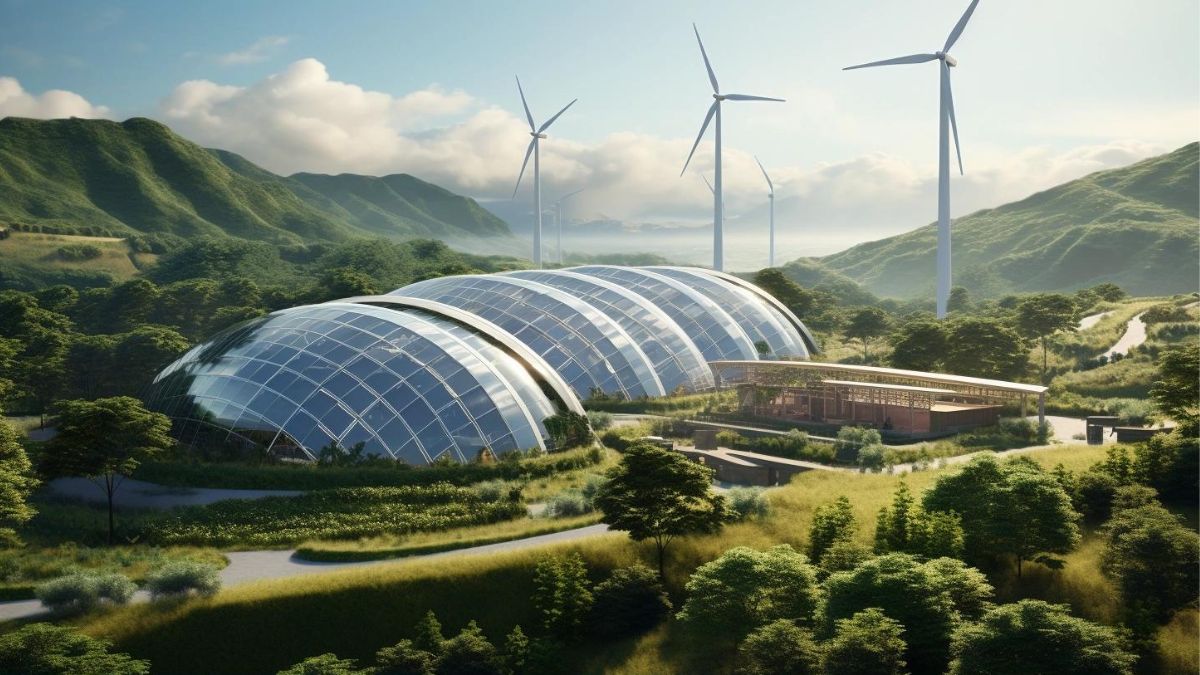
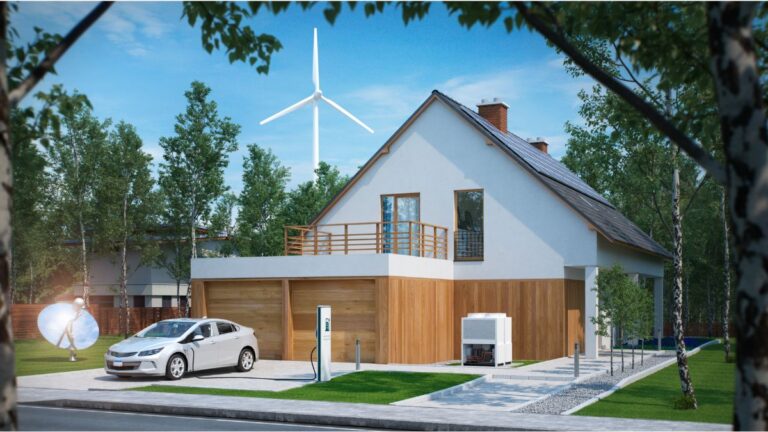
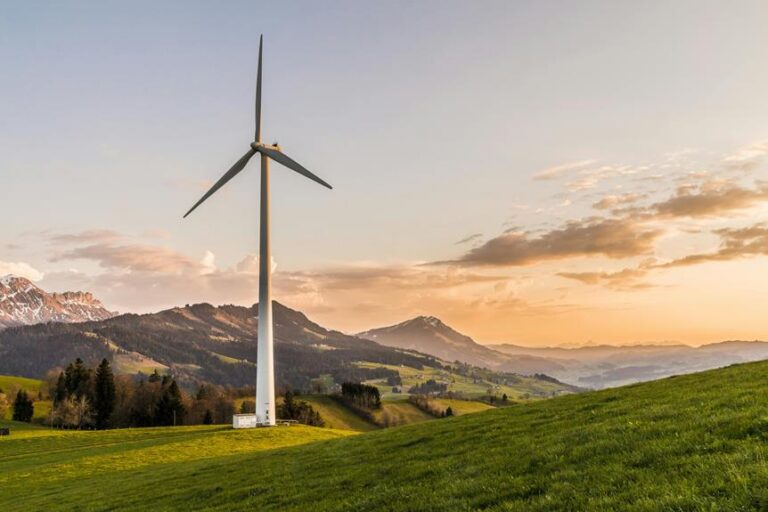
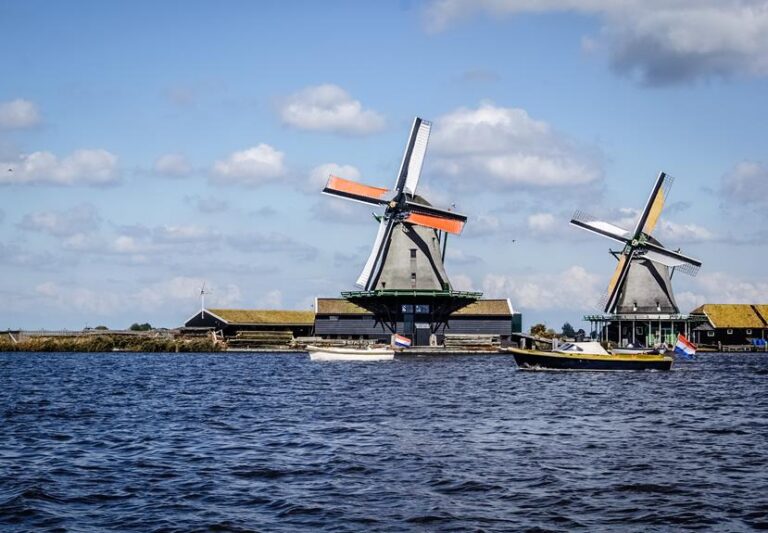
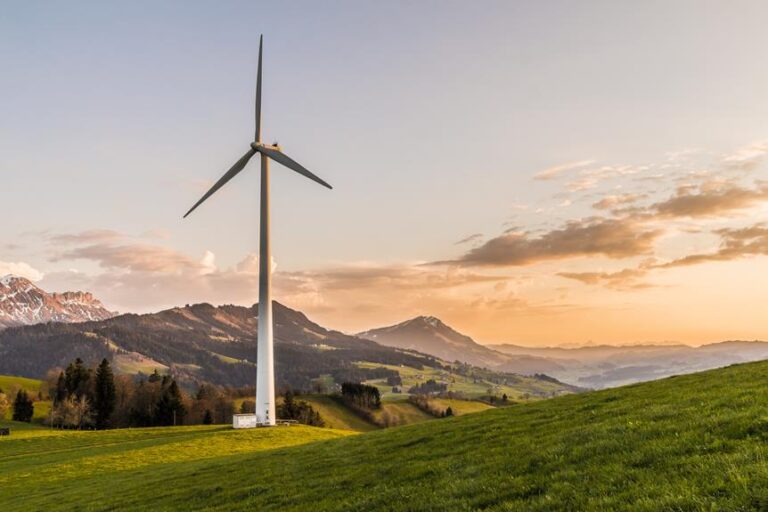
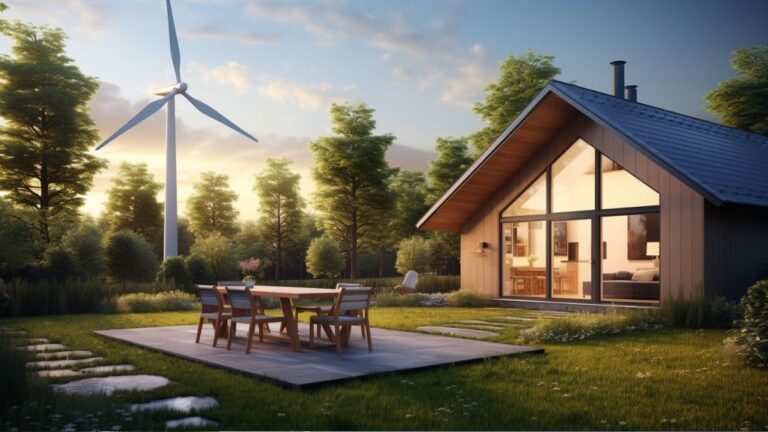
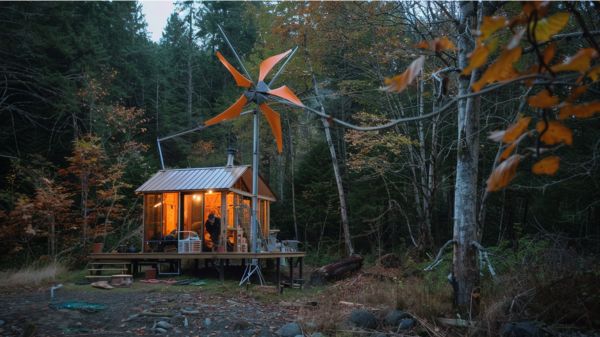
One Comment
Comments are closed.